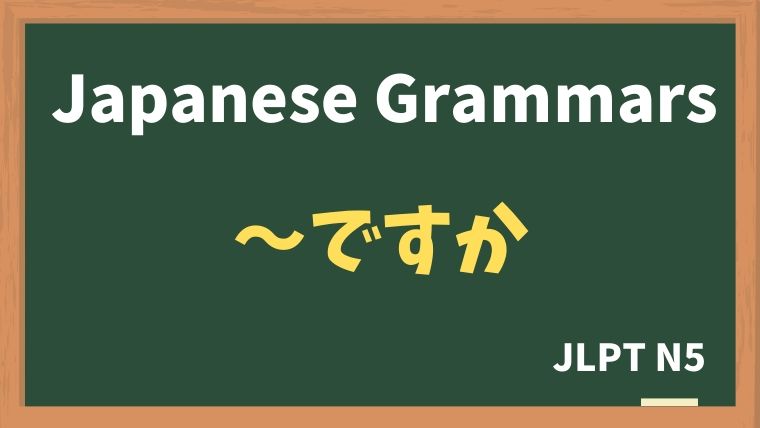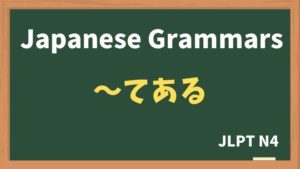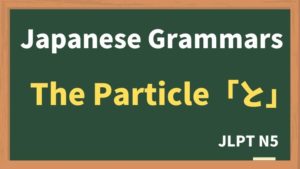
Explanation:XはYですか
fa-check-circleMeaning
"Is X Y?"
Used to ask questions in a polite, straightforward way. It follows the structure of a basic affirmative sentence (〜は〜です) but adds a question marker, creating a yes/no question format.
fa-check-circleMeaning
[Noun X] は [Noun Y] ですか: Translates to "Is X Y?"
- Example: これは ほんですか。Is this a book?
fa-check-circlePoints
- Question Formation: This structure turns a statement into a polite question by adding the particle “か” at the end.
- Yes/No Questions: Primarily used to ask yes/no questions in a simple format.
- Structure: [A] は [B] ですか, where [A] is the topic or subject, and [B] is the information you want to confirm about [A].
fa-check-circleJLPT Level
N5
Sample sentenes
A:アメリカ人ですか。
B:はい、アメリカ人です。
A:Are you American?
B:Yes, I am.
A:かれは 医者ですか。
B:いいえ、教師です。
A:Is he a doctor?
B:No, he is a teacher.
A:25歳ですか。
B:はい、25歳です。
A:Are you 25 years old?
B:Yes, I am
A:メアリーさんは 会社員ですか。
B:いいえ、主婦です。
A:Is Mary a company employee?
B:No, she is a housewife.
Vocabulary
| Japanese | English |
| いしゃ | doctor |
| きょうし | teacher |
| しゅふ | housewife |
Usage Notes
- Responding: A typical response could be "はい、そうです" (Yes, it is) or "いいえ、ちがいます" (No, it isn't).
- Informal Question Form: In casual speech, "か" can be omitted, and the speaker's tone will indicate it’s a question. For example, "これ ほん?" instead of "これは ほんですか?" when speaking informally.






